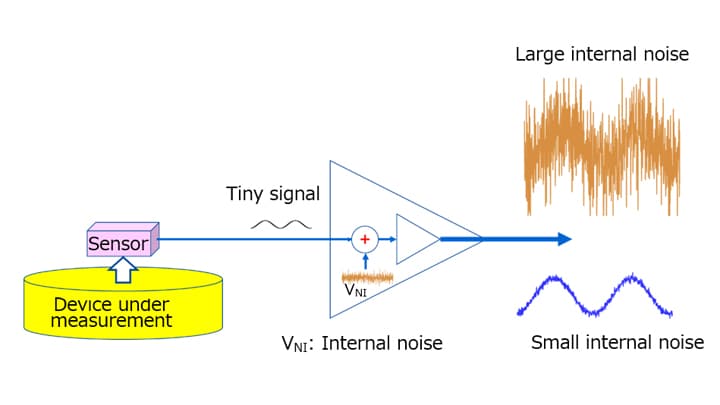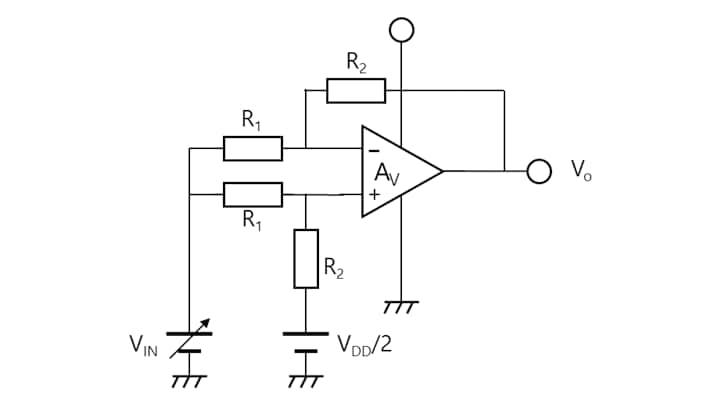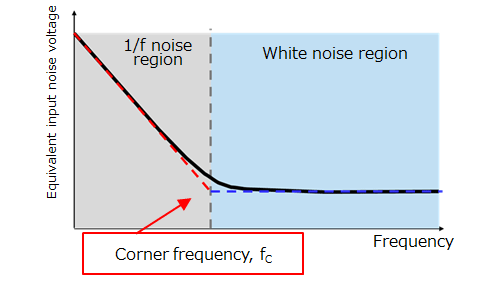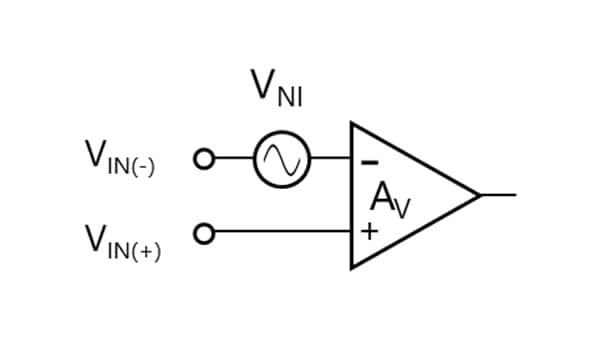- General Top
- SEMICONDUCTOR
- STORAGE
- COMPANY
-
My ToshibaSemicon
- Semiconductor Top
-
ApplicationsAutomotive
Body Electronics
xEV
In-Vehicle Infotainment
Advanced Driver-Assistance Systems (ADAS)
Chassis
IndustrialInfrastructure
BEMS/HEMS
Factory Automation
Commercial Equipment
Consumer/PersonalIoT Equipment
Healthcare
Wearable Device
Mobile
Computer Peripherals
-
ProductsAutomotive Devices
Discrete Semiconductor
Diodes
Transistors
Logic ICs
Analog Devices
Digital Devices
Wireless Devices
※
: Products list (parametric search)
Power SemiconductorsSiC Power Devices
※
: Products list (parametric search)
Isolators/Solid State RelaysPhotocouplers
Digital Isolators
Solid State Relays
Fiber Optic Transmitting Modules
※
: Products list (parametric search)
MOSFETsIGBTs/IEGTsBipolar Transistors※
: Products list (parametric search)
Diodes※
: Products list (parametric search)
MicrocontrollersMotor Driver ICsIntelligent Power ICs※
: Products list (parametric search)
Power Management ICsLinear ICs※
: Products list (parametric search)
General Purpose Logic ICsLinear Image SensorsOther Product ICsOther Product ICs
※
: Products list (parametric search)
-
Design & Development
Design & Development
Innovation Centre
At the Toshiba Innovation Centre we constantly strive to inspire you with our technologies and solutions. Discover how to place us at the heart of your innovations.
-
Knowledge
Knowledge
Highlighted Topics
Further Materials
Other
- Where To Buy
- Part Number & Keyword Search
- Cross Reference Search
- Parametric Search
- Stock Check & Purchase
This webpage doesn't work with Internet Explorer. Please use the latest version of Google Chrome, Microsoft Edge, Mozilla Firefox or Safari.
require 3 characters or more. Search for multiple part numbers fromhere.
The information presented in this cross reference is based on TOSHIBA's selection criteria and should be treated as a suggestion only. Please carefully review the latest versions of all relevant information on the TOSHIBA products, including without limitation data sheets and validate all operating parameters of the TOSHIBA products to ensure that the suggested TOSHIBA products are truly compatible with your design and application.Please note that this cross reference is based on TOSHIBA's estimate of compatibility with other manufacturers' products, based on other manufacturers' published data, at the time the data was collected.TOSHIBA is not responsible for any incorrect or incomplete information. Information is subject to change at any time without notice.
require 3 characters or more.
3.1. Input offset voltage (VIO)
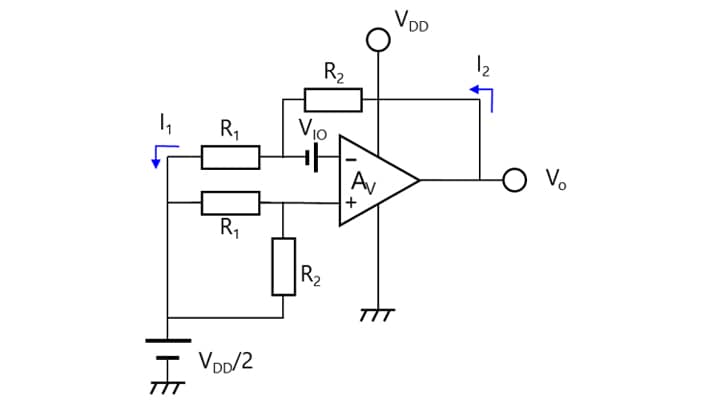
Figure 3-3 shows the ideal op-amp without an offset voltage source (VIO). When a common-mode input voltage is applied to VIN(+) and VIN(-) simultaneously, the output (Vo) voltage theoretically becomes VDD/2. In reality, however, it has a small error from VDD/2. The input offset voltage (VIO) is the voltage applied between VIN(+) and VIN(-) required to reduce the Vo error to zero. The definition of the input offset voltage is similar to that of the common-mode input signal rejection ratio (CMRR) detailed in the next section.
In real-world applications, the input offset voltage multiplied by the closed-loop gain (ACL) is added to the output voltage. Therefore, in the case of a sensor circuit, the maximum input offset voltage must be lower than its minimum sensitivity.
Let’s consider an op-amp with an input offset voltage of VIO. As shown in the test circuit for the input offset voltage shown in Figure 3-3, this op-amp can be regarded as the ideal op-amp with an external VIo voltage source connected to VIN(-).
The VIN(+) voltage becomes VDD/2. From the concept of a virtual short, the VIN(-) voltage also becomes VDD/2.
Therefore, the voltage at the intersection of R1 and R2 becomes VDD/2 – VIO. In the case of the ideal op-amp, I1 = I2.
I1 = (VDD/2 – VIO – VDD/2) / R1 = - VIO / R1 = I2
VO = VDD/2 – VIO + (–VIO / R1) × R2
= VDD/2 – VIO × (R1 + R2) / R2
This can be rewritten as follows to calculate VIO:
VIO = (VDD/2 – VO) × R1 / (R1+ R2)
Note that resistors have some tolerance. For actual measurement, the measured resistance values should be used.
VIO is a differential voltage between VIN(-) and VIN(+). Therefore, when an op-amp is used with a closed loop, the voltage obtained by multiplying this input offset voltage (VIO) by the closed loop-gain is added to the ideal output voltage. Since the VO voltage varies from device to device, it is necessary to consider the maximum offset voltage when creating a circuit design. If it exceeds a system’s tolerance, it is necessary to modify the circuit configuration in such a manner as to reduce the effect of the input offset voltage or select an op-amp with a lower input offset voltage.

The AC-coupled circuit is the simplest form of circuit to reduce the effect of the input offset voltage. Figure 3-4 shows an AC-coupled inverting amplifier. When capacitor C1 is connected in this way, current due to the input offset voltage does not flow through R1. Therefore, the input offset voltage has a DC gain of 1 and thus has less effect on VO.
Related information
Chapter3 Electrical characteristics
Related information
- Products
- Application Notes
- FAQs
- Parametric Search
- Stock Check & Purchase


